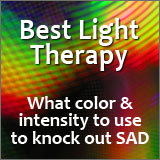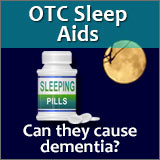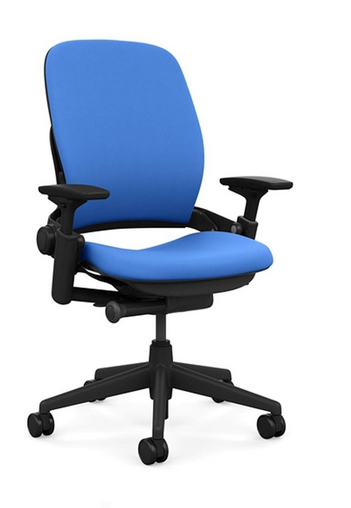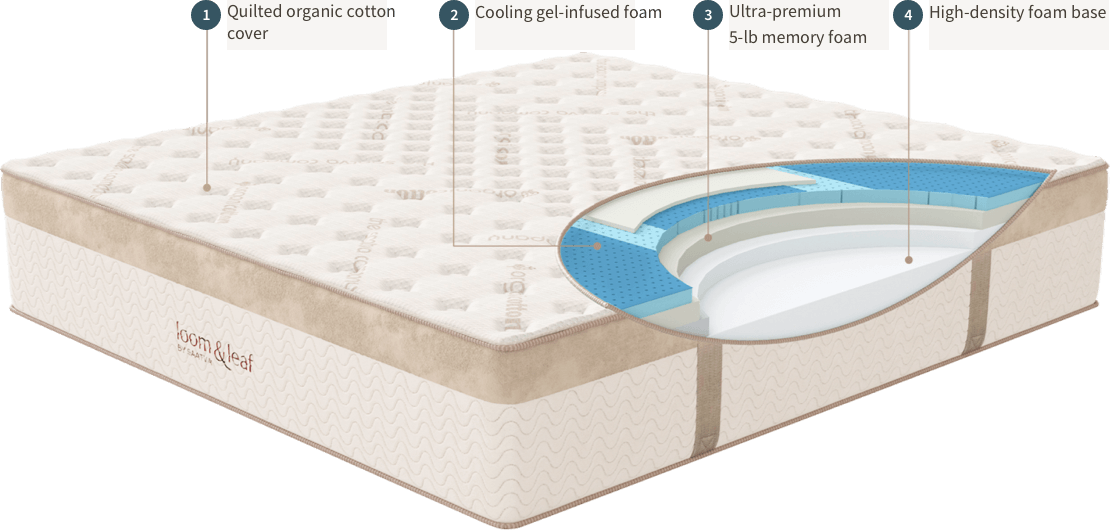What Is Restless Leg Syndrome?
Warning: Many Doctors Don't Know!
What is restless leg syndrome (RLS)? It's an uncomfortable, neurological movement disorder that's in a category of sleep disorders known as parasomnias.
You may occasionally hear RLS referred to as Kborn's syndrome, anxietas tibialis (means anxious legs), Ekbom's syndrome (also Ekbom syndrome), or Wittmaack-Ekbom syndrome.
When sitting, or lying down, those with the disorder describe "creeping and crawling" sensations deep within their legs (sometimes arms, too). The feelings typically increase in the evening.
To reduce these symptoms and get relief, individuals suffering from the prickly—and sometimes painful sensations—feel compelled to keep moving their legs. This eases the tingling, at least temporarily.
I'll tell you a lot more about the symptoms later.
But first, one thing's for sure
People with restless leg syndrome symptoms are sort of like the Rodney Dangerfield of sleep disorders: They don't get no respect.
Let me explain what I mean because it's important for helping you fully understand the question of what is restless leg syndrome. And the problems you may run into with medical professionals.
Caution: The big hurdle people with RLS
may face with their doctors
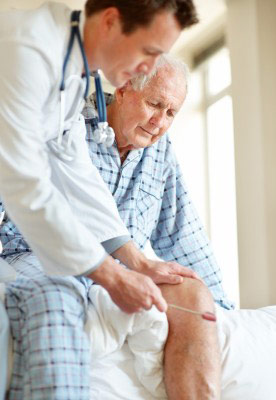
Here we are in the twenty first century and it's unfortunate that many doctors and nurses can't answer the question, what is restless leg syndrome.
I'll prove it to you.
Today I was searching through some recent medical journals on restless legs syndrome. Get this—it's still one of the most unreported medical conditions in the world.
For example, one recent restless leg syndrome study states:
"Despite the high prevalence of Restless Legs Syndrome (RLS) reported, little information is available about this disorder in Spain. [This] Spain study shows that many patients with classical RLS symptoms frequently see their [primary care practitioner] without being adequately diagnosed and treated."
Another study specifically aimed to see how widespread the condition of restless legs syndrome is...
And also how well—or poorly—it was being diagnosed by physicians.
The numbers showed that 7.6% of a group of 10,564 people in six European countries reported clinically significant symptoms of RLS (Denmark, Germany, Ireland, The Netherlands, Spain, and the UK).
The problem this study found is that over 80% of patients with RLS symptoms are not being diagnosed nor treated for their symptoms by their physicians.
In other words, doctors are routinely not recognizing that many of their patients have this sleep disorder...a parasomnia that can have a major negative impact on quality of life.
This study states:
"RLS in these [six] western European countries is a common, clinically-significant medical condition that, despite all the publicity, remains largely undiagnosed."
A 2005 study in Austria estimated that 10% of the population between ages 50 and 89 had restless legs syndrome. Out of the group of people researchers examined, not one single person who was indeed suffering from restless legs was being treated for the condition by their doctors.
This is doubly cruel. Because although restless legs syndrome can begin at any age, after middle age the symptoms typically worsen.
In the United States, up to 15% of the population may need help for restless leg syndrome. To hammer that figure into a more real number, we're talking about 30 million people or more.
A John Hopkins Bayview Medical Center study in the United States found that restless legs syndrome was "common, under-diagnosed, and carried a significant personal and social burden."
To make matters worse, some physicians also mistakenly associate the symptoms of restless leg syndrome to other health problems. Conditions such as night leg cramps, insomnia, joint pain, stress, mental problems, or that the person is "just getting older."
On top of that...
Many people seem to think that restless legs syndrome is a bunch of baloney
Just look at some of the things people say on the Internet when it comes to the question of what is restless leg syndrome:
- Restless leg syndrome is a hoax
- It's all in your head
- Restless legs syndrome isn't real
- People with RLS are hypochondriacs
- Restless leg syndrome is bull sh_ _ (I'll leave it to you to fill in the missing letters)
- You need to see a psychiatrist
- Restless leg syndrome is fake
Geez...people can be so brutal!
Well, if restless leg syndrome is all of these things, tell that to the millions of people on our blue globe who have this very real, severely unpleasant, "jumpy legs" sleep disorder.
How to recognize if you have restless legs syndrome
It's baffling that this sleep disorder—one that is the third most commonly reported—can be so misdiagnosed and misunderstood by modern medicine.
Therefore, suppose after reading this article and my next one— 19 Restless Leg Syndrome Symptoms —you think you might have RLS.
If that's that's the case, you'll need to work with a doctor. And making a diagnosis of RLS is not always easy...especially if the doctor isn't fully up to speed on the subject of what is restless leg syndrome.
So if necessary...
Help your doctor help you. Here's how...
Tell your doctor about a detailed paper that was published in the August 2009 edition of The Journal Of Family Practice. The paper is called Restless Legs Syndrome: Diagnostic time-savers, Tx tips.
It's excellent and will get your doctor up to speed on what is restless leg syndrome. I'm providing a link to the article for you. See below.
Finally, to help you understand more fully the question, what is restless leg syndrome, read my article, 19 Restless Leg Syndrome Symptoms (see below). Lots of good information there for you.
Relief for Joint Pain and RLS…From a Memory Foam Mattress?
If you have joint pain along with restless legs, you’ll love the health benefits of the Loom & Leaf memory foam mattress.
- Improves circulation because it reduces pressure points...
- Relieves joint pain as you sleep…
- Helps you sleep more comfortably…
- Medical grade gel memory foam keeps you cool…
And with a 75-day home trial period, and an incredible price, there’s no risk to try it out.
Click here to see the ultra-luxury Loom & Leaf memory foam mattress.
Here Are More Articles You Will Find Helpful
19 Restless Leg Syndrome Symptoms
Restless Leg Syndrome Treatment: Women, Heart Disease, and Stroke
Return To Sleep Passport Home Page
References For What Is Restless Leg Syndrome
- Restless legs syndrome: detection, diagnosis, impact on health and
utilization of health care resources. Rev Clin Esp. 2009
Sep;209(8):371-81.
- Physician-diagnosed restless legs syndrome in a large sample
of primary medical care patients in western Europe: Prevalence and
characteristics. Sleep Med. 2010 Jan;11(1):31-7. Epub 2009 May 22.
- Restless legs syndrome: a community-based study of prevalence,
severity, and risk factors. Neurology. 2005 Jun 14;64(11):1920-4.
- Prevalence and disease burden of primary restless legs
syndrome: Results of a general population survey in the United States.
Mov Disord. 2010 Nov 10. (Movement Disorder Society.)
- Restless legs syndrome: Diagnostic time-savers, Tx tips. J Fam Pract. 2009 Aug;58(8):415-23. (The Journal of Family Practice.)



